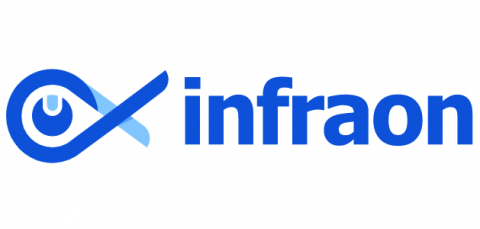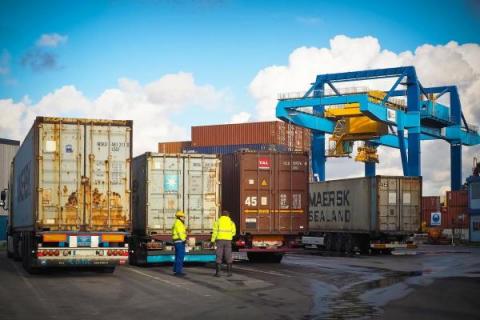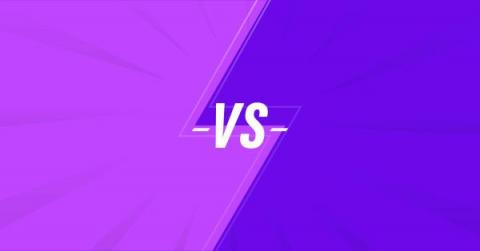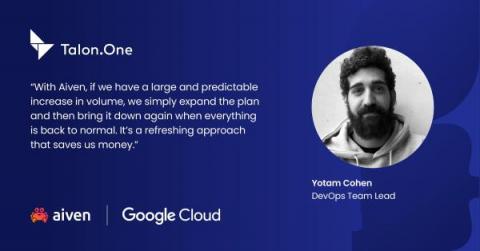Operations | Monitoring | ITSM | DevOps | Cloud
Latest Posts
ManageEngine CloudSpend has launched its Reports feature: See what's new
ManageEngine CloudSpend, a cloud cost management tool, is excited to announce the release of its new, Reports feature. CloudSpend’s Reports feature automates report generation for integrated cost accounts, utilizing tags like Region, Service, and Billed Accounts for each one.
Asset Management Trends 2024
Portable Storage vs Traditional Storage: Which is Right for Your Business?
8 Ways to Meet Enterprise Network Service Level Agreements (SLAs)
Large cloud providers and ISPs offer service level agreements (SLAs) that guarantee uptime and help seal the deal with enterprises that value uptime. These same enterprises often ask IT to make the same guarantees for the performance and uptime of the internal network, its many varied connections and even the applications. At the same time, IT may have myriad SLAs from all kinds of vendors—including the aforementioned ISPs and cloud providers—it must manage.
MetricFire Changelog: June 2023
Welcome to the latest changelog blog post, where we highlight the recent updates and improvements to our products and services. We've been working hard to enhance your experience. Let's dive into the changes made in June 2023!
SOAP vs REST-Which is Best for Integrating with N-central?
As part of my work as a Head Nerd, I have the pleasure of meeting with MSPs from all over the world. About a month ago, I was speaking with four technicians from a global MSP based out of California. They were very technically savvy, had a deep understanding of PowerShell, and had a huge emphasis on automation in their business.
Save 96% on Data Storage Costs
Users with real-time and other analytic workloads want or need to keep large volumes of historical data to aid in important activities, such as ad hoc historical trend analysis and training AI models. However, storing this much data in a way that also makes it easily queryable becomes prohibitively expensive. As a result, users must balance data availability and usability with sacrificing data fidelity and storage costs. That is until now.
Talon.One Optimizes Cloud Infrastructure Costs
The Power of SCCM: A Deep Dive into System Center Configuration Manager
SCCM, standing for System Center Configuration Manager, now known as Microsoft Endpoint Configuration Manager, is a software suite from Microsoft’s stable of products. Often dubbed as the cornerstone of IT administration, SCCM offers a comprehensive management solution. It assists IT administrators in managing the deployment and security of devices and applications within an organization.











